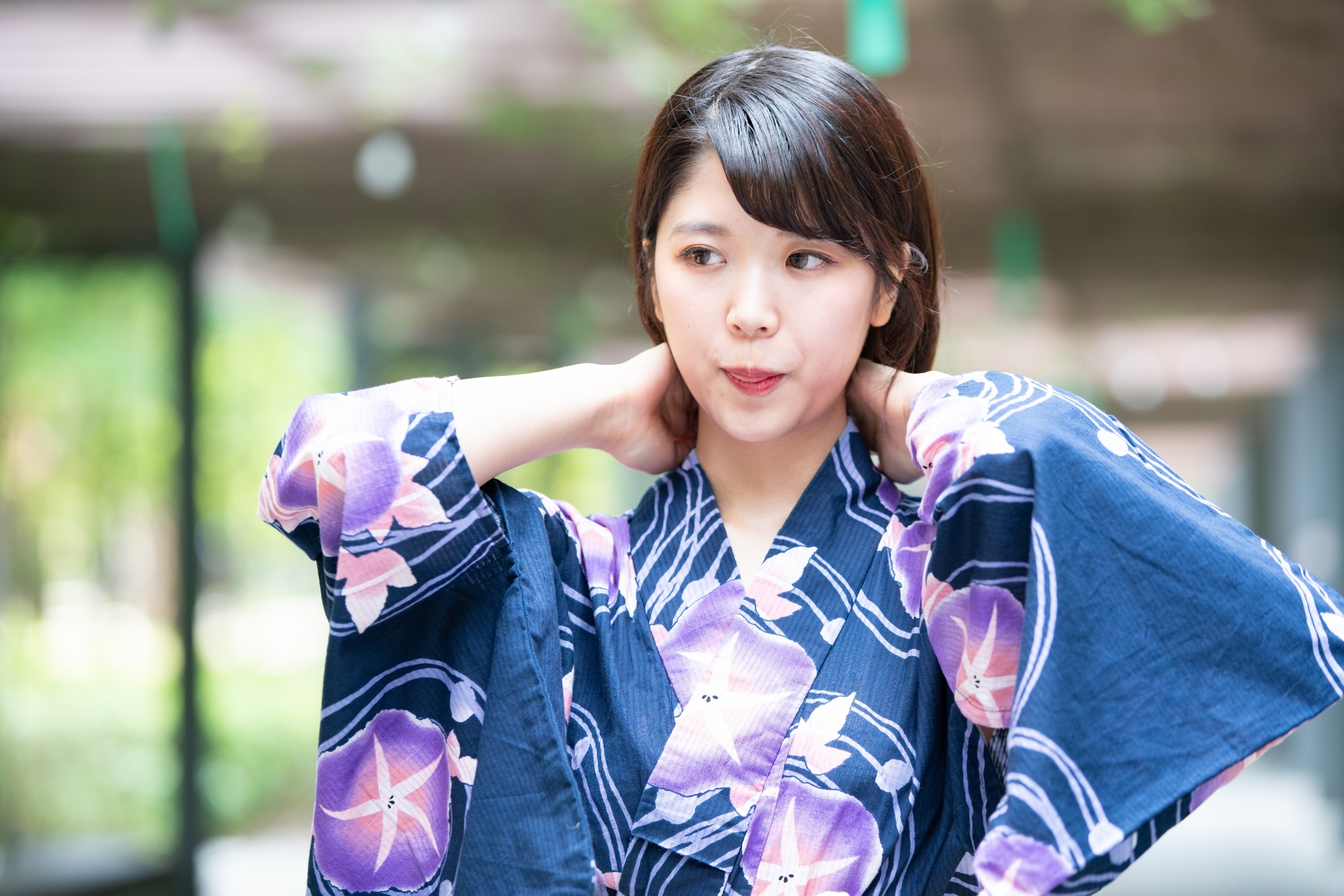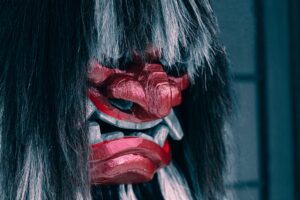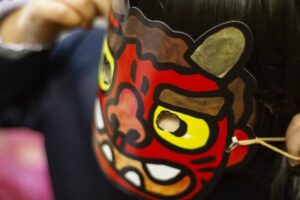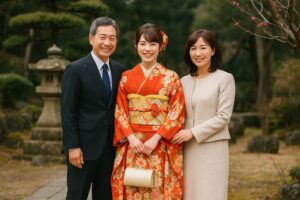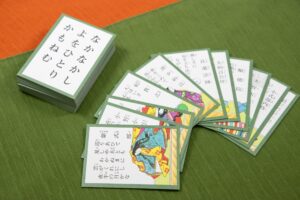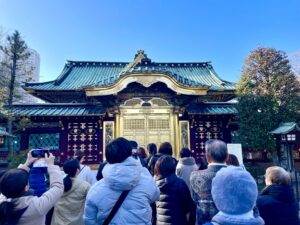This guide offers a comprehensive look at yukata, a traditional Japanese garment with a deep cultural heritage. Whether you’re preparing for a festival, interested in Japanese fashion, or just curious about this unique attire, you’ll find valuable insights on the history, types, wearing methods, and modern adaptations of yukata.
What is a Yukata?
A yukata is a traditional Japanese garment, typically made of lightweight cotton, and often worn during the hot summer months. Unlike the more formal kimono, the yukata is unlined, making it much more breathable and comfortable in warmer weather. Historically, yukata were used as bathrobes in public bathhouses, which is why the word “yukata” translates to “bathing clothes.” Over time, they evolved into casual wear for festivals, fireworks displays, and other summer events, deeply embedded in Japanese culture.
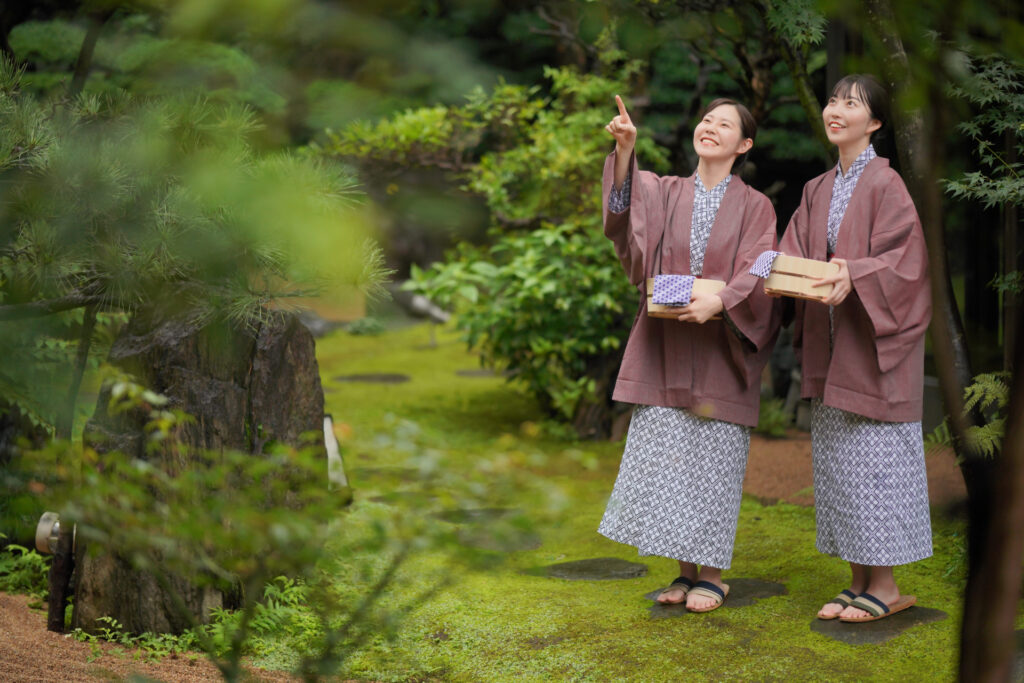
The cultural significance of the yukata is profound. It represents a connection to Japan’s traditions and is often worn during festivals like Bon Odori or during visits to ryokan (traditional Japanese inns). The designs of yukata often feature motifs from nature, such as flowers, birds, or rivers, symbolizing various aspects of Japanese aesthetics and philosophy. The simplicity and elegance of the yukata make it an enduring icon of Japanese culture, appreciated by both locals and visitors alike.

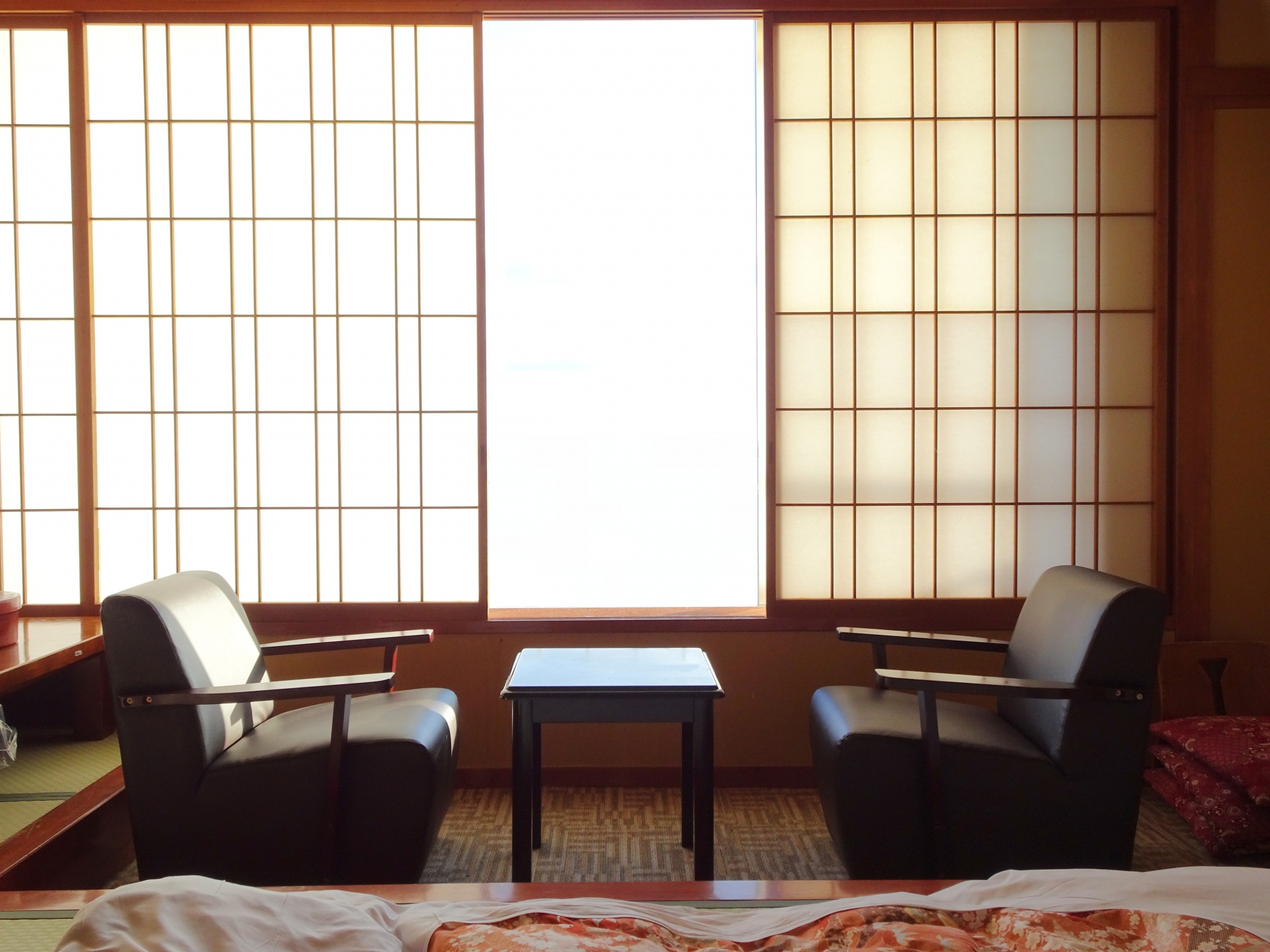
Yukata vs. Kimono: Key Differences
While both yukata and kimono are traditional Japanese garments, they differ significantly in fabric, formality, and usage. Yukata are made from cotton or synthetic fabric, making them more affordable and easier to maintain. They are usually worn during casual or semi-formal occasions, especially in the summer. On the other hand, kimono are made from silk and are much more formal, often worn during special events like weddings or tea ceremonies.
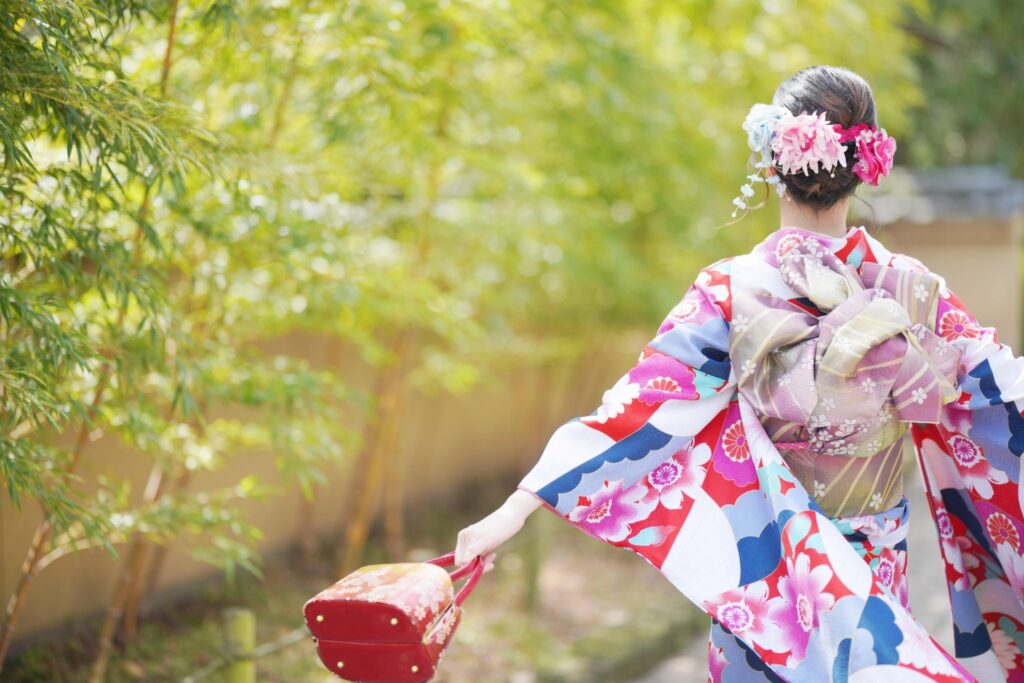
One of the most noticeable differences is in the layers and accessories. Kimonos are worn with multiple layers, including an undergarment (nagajuban), and are accompanied by more elaborate obi (belts) and accessories. Yukata are simpler, typically worn with a single-layer robe and a casual obi. The process of putting on a kimono is more complex, often requiring professional assistance, whereas a yukata can be easily worn at home. Understanding these differences is crucial for anyone interested in Japanese fashion or preparing for cultural events.
Note: It’s worth mentioning that some sources consider yukata as a type of kimono, albeit a more casual variant. The term “kimono” in its broadest sense refers to any traditional Japanese robe, which includes yukata. However, in modern usage, “kimono” often refers specifically to the more formal silk robes, while “yukata” is used to describe the lighter, summer robes.
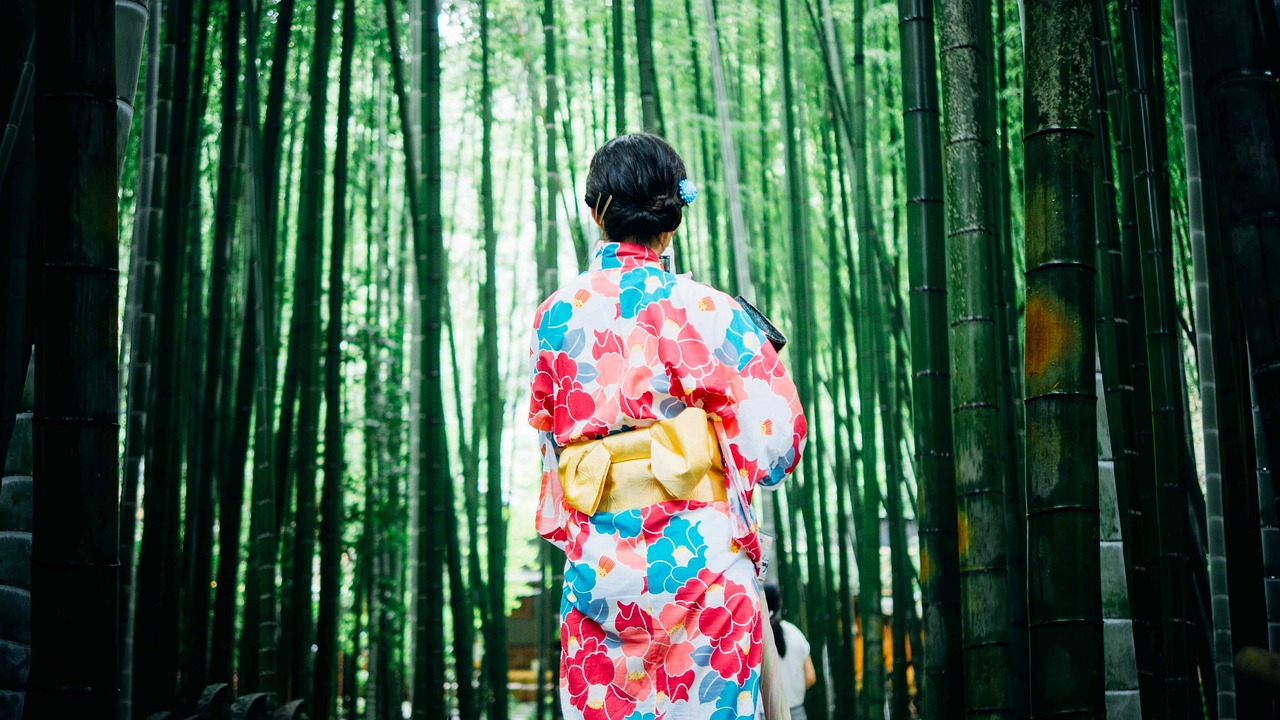
How to Wear a Yukata: Step-by-Step Guide
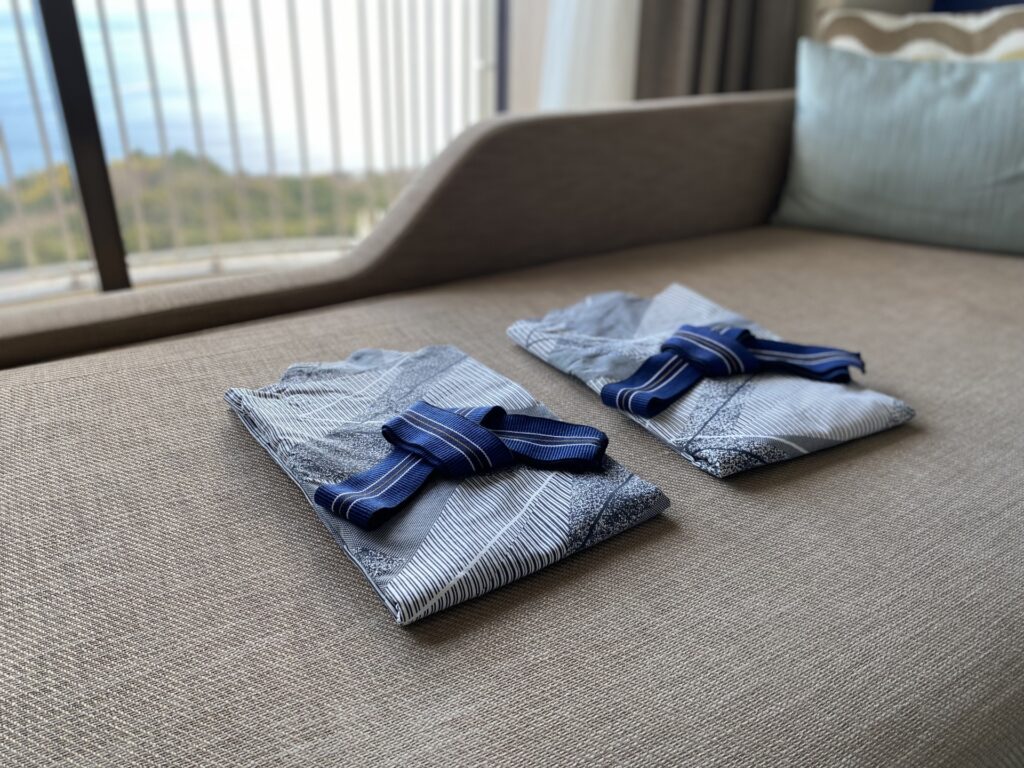
Wearing a yukata is relatively simple compared to a kimono, but it still requires some attention to detail to ensure it is worn correctly. Here’s a step-by-step guide:
- Preparation: Start by putting on a lightweight undergarment, such as a tank top and shorts, to absorb sweat.
- Wrap the Yukata: Hold the yukata open and slip your arms into the sleeves. Wrap the left side over the right, ensuring that the hem is even at your ankles. Remember, left over right is for the living; right over left is used for dressing the deceased in Japan.
- Tie the Obi: Once the yukata is securely wrapped, tie the obi around your waist. The obi should be tied tightly enough to hold the yukata in place but not so tight that it’s uncomfortable. There are various ways to tie the obi, from simple knots to more elaborate bows, depending on the occasion.
- Final Adjustments: Make sure the collar is snug around your neck and that the hem is even. You can use a koshi-himo (waist cord) to secure the yukata in place before tying the obi if needed.
Following these steps will help you wear a yukata comfortably and confidently, whether you’re attending a summer festival or simply enjoying a casual evening in a traditional setting.
Where to Buy Yukata
If you’re looking to purchase a yukata, there are several options available, both in Japan and online. In Japan, popular areas like Asakusa in Tokyo or Nishijin in Kyoto offer a wide range of yukata, from affordable options to high-quality, hand-dyed pieces. Department stores like Isetan and Mitsukoshi also carry yukata during the summer months.
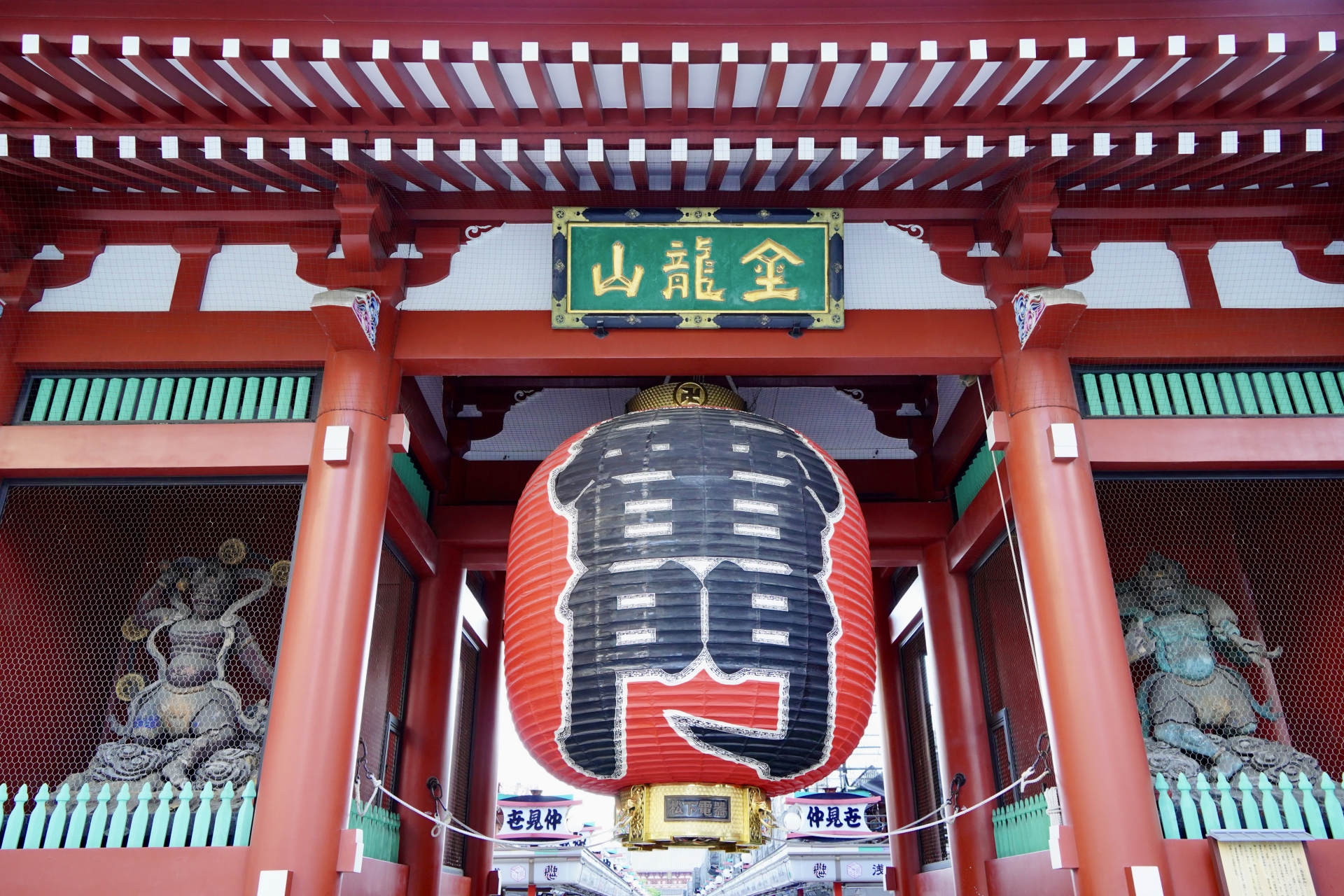
For those shopping online, websites like Rakuten and Amazon Japan offer a broad selection, including yukata sets complete with obi and geta (traditional wooden sandals). When buying a yukata, consider the quality of the fabric, the authenticity of the design, and whether the set includes all necessary accessories. Look for reputable sellers and read reviews to ensure you’re getting a genuine product.
Yukata Care and Maintenance
Proper care of your yukata is essential to maintain its appearance and longevity. Since yukata are often made from cotton, they can be washed at home. It’s recommended to hand wash your yukata in cold water with a mild detergent to prevent the colors from fading. After washing, hang it to dry in a shaded area to avoid direct sunlight, which can also cause the colors to fade.
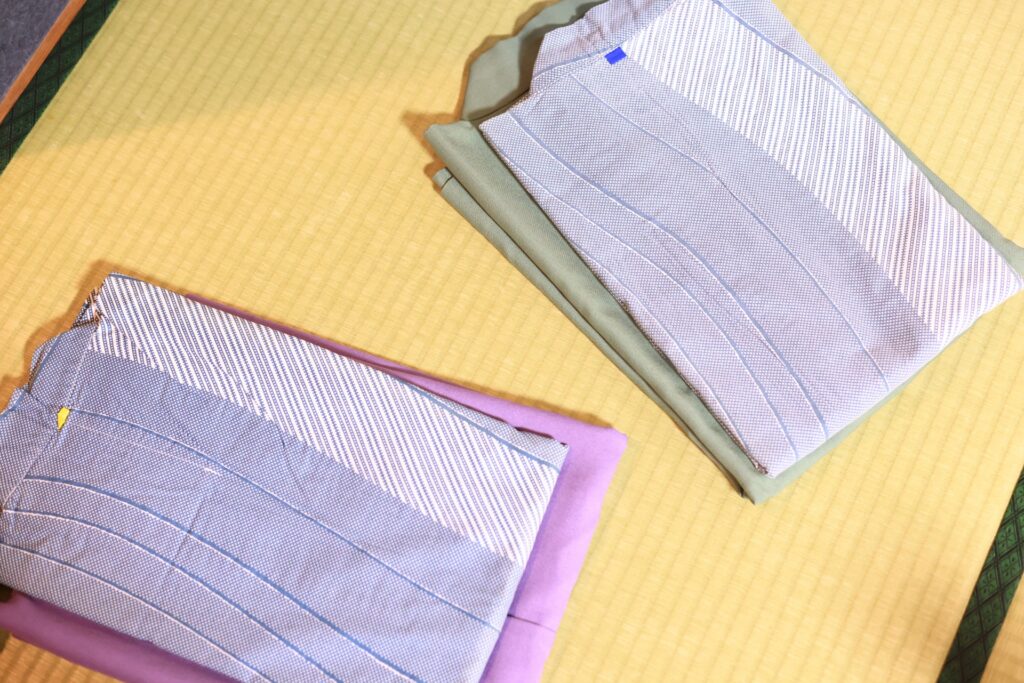
When storing your yukata, fold it neatly and place it in a cool, dry place. Avoid hanging it for long periods, as this can cause the fabric to stretch or lose its shape. If your yukata has wrinkles, you can lightly iron it on a low setting. Proper care will ensure that your yukata remains vibrant and in good condition for many summers to come.
Yukata Rental Services in Japan
For tourists and visitors who might not want to purchase a yukata, rental services are widely available in major cities like Tokyo, Kyoto, and Osaka. These services typically offer a full yukata set, including the obi, geta, and sometimes even hair accessories. Renting a yukata is a great way to experience Japanese culture without the commitment of buying one.
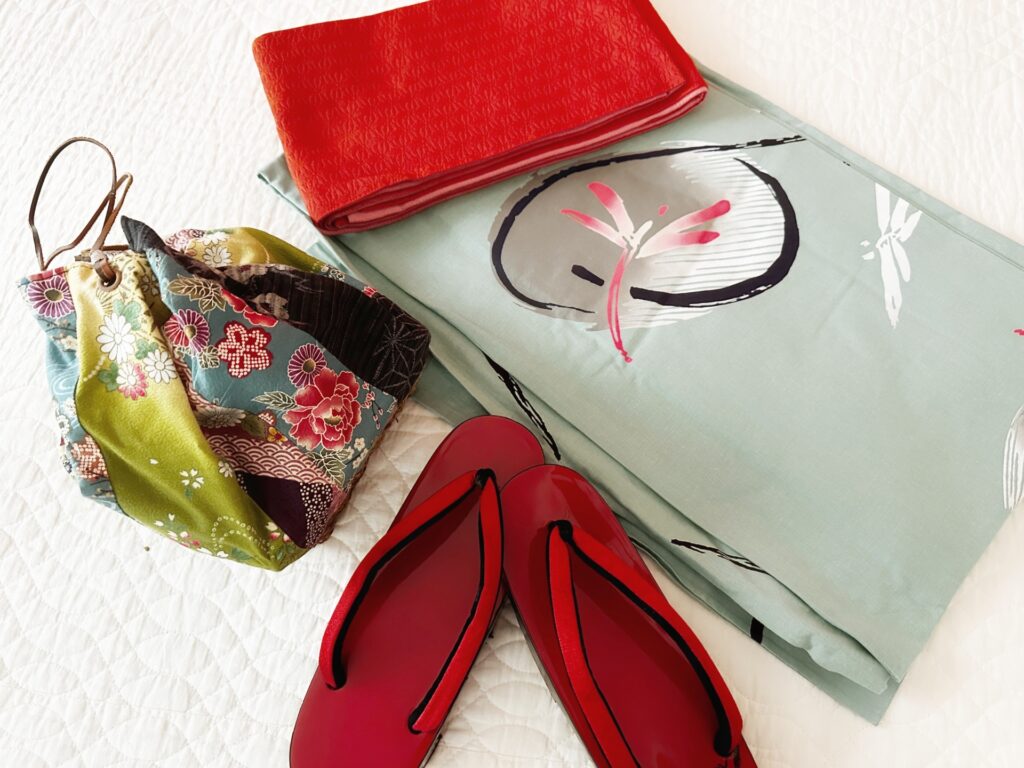
Most rental shops offer packages that include dressing assistance, ensuring that you look your best for the occasion. Prices vary depending on the location and the quality of the yukata, but it’s generally an affordable and convenient option for travelers.
Modern Trends in Yukata Design
In recent years, there has been a resurgence of interest in yukata, with modern designers incorporating contemporary elements into traditional designs. These modern yukata often feature bold patterns, bright colors, and even unconventional materials, appealing to younger generations and fashion enthusiasts.
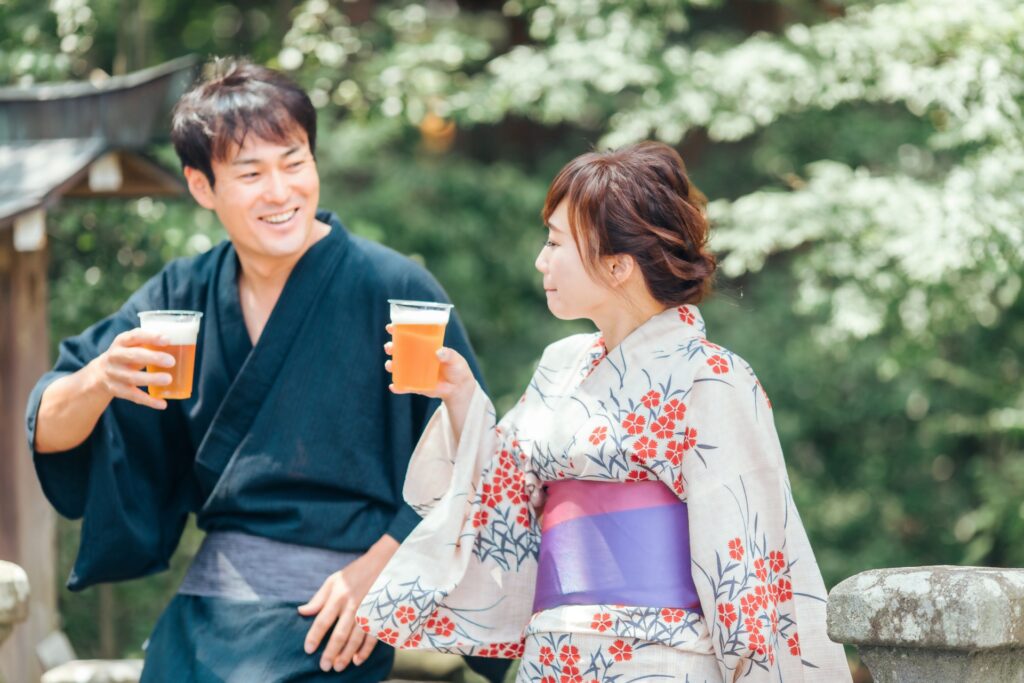
The fusion of traditional and modern styles can be seen in collaborations between fashion brands and traditional textile manufacturers, bringing new life to this age-old garment. Whether worn in its traditional form or as a statement piece in contemporary fashion, the yukata continues to evolve while maintaining its cultural significance.

